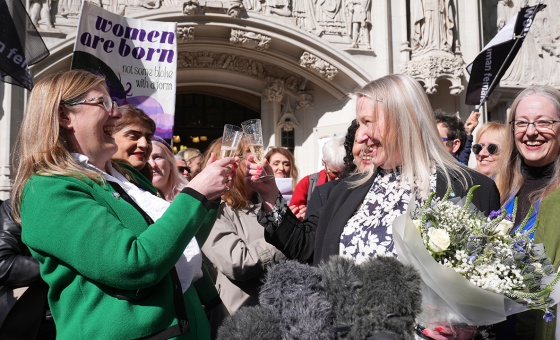This is the last article you can read this month
You can read 3 more article this month
You can read 3 more articles this month
Sorry your limit is up for this month
Please help support the Morning Star by subscribing here
David Binney Lifted Land (Criss Cross)
ON December 29 1890 at Wounded Knee Creek on the Pine Ridge Reservation in South Dakota, the US 7th Cavalry surrounded the encampment of the besieged Lakota Sioux.
When they began their onslaught with Hotchkiss machine guns, it was the cue for the slaughter of 150 men, women and children in the bitter cold.
Looking back at the massacre at the end of his life, survivor and Lakota medicine man Black Elk remembered: “When I look back from this high hill of my old age, I can still see the butchered women and children lying heaped and scattered all along the crooked gulch as plain as when I saw them with eyes young.”
Some 121 years later at the Rubin Museum of Art in New York, the Miami-born and California-bred alto-saxophonist David Binney brought his quartet to perform his As Snow Before a Summer Sun, an extended composition dedicated to those murdered in the Wounded Knee massacre.
In 2012 a shortened version of the piece was included in Lifted Land, his album with the Minneapolis-born pianist Craig Taborn, Norwegian bassist Elvind Opsvik and Tyshawn Sorey of Newark, New Jersey on drums.
Lifted Land, with its emblematic title, is a powerfully reflective album exposing four jazzmen of immense musicianship.
The opener, Fanfare for Basu, includes overdubbed saxophones and synthesiser with some pacy Binney and The Road to Your House, he describes as “a Japanese garden, a roadway in the country, some sort of road to something,” played by the hornman with soft, succulent tones with a wondrously light-touch solo by Taborn.
The narrative of North American genocide begins to resonate in As Snow Before a Summer Sun.
Opsvik’s ominous sawn bow-strokes, Sorey’s mournful gong-strikes radiate the frigidity of the of the deathly Dakota winter and every wavering note that Binney blows speaks of the aftermath of a merciless militarism, and the quietude of Taborn’s phrases seem to echo the pain of Black Elk’s testimony.
Opsvik’s springing preface to The Blue Whale is the beginning of a homage to a live jazz venue in Los Angeles.
Full of zest and artistry with Binney’s seething upward runs, Sorey’s restless drums and Taborn in rampant mood, the music seems unstoppable.
The same freedom runs through Curious About Texas, which Binney tells us was his attempt to put his “discovery” of the Lone Star State into sonic form, which he accomplishes with the whole world of his living saxophone.
In his sleeve notes Binney reminds us that the title Lifted Land comes from Dee Brown’s classic history Bury My Heart at Wounded Knee, and of course it applies to US imperial crimes still resonating in so many places in the world. The tune is simple, built on a riff, repeated countless times like the outrages themselves.
Losing the Central Valley is a grim reality in Binney’s home state of California, where its great valley’s water resources are being “so polluted from pesticides that the most fertile land in the world is being lost.”
It is a quiet, simple melody, lyrical yet elusive with Sorey’s deep tapping, the restrained harmonies of Opsvik and Taborn, and Binney’s lucid tunefullness.
Red Cloud was chief of the Oglala Lakota Sioux, a war leader who led a successful campaign against the US Cavalry in 1866-68 in what became known as Red Cloud’s war, over the control of the Powder River Country in Wyoming and Montana.
Red Cloud is Taborn’s composition, played as a solo piano tribute to a brave warrior of resistance.
It begins with single notes like a call to arms, yet is played throughout with a beautiful calmness, building through its three dramatic minutes to an apex moment, before falling back to a reflective cadence, perhaps with visions of the “lifted land” all around.
Taborn’s rejection of excess and histrionics and the quiet determination of his improvised beauty is a mark of the whole album — a jazz intervention into the real world, of a history and a worrisome present — and a music which feeds and explores both.








